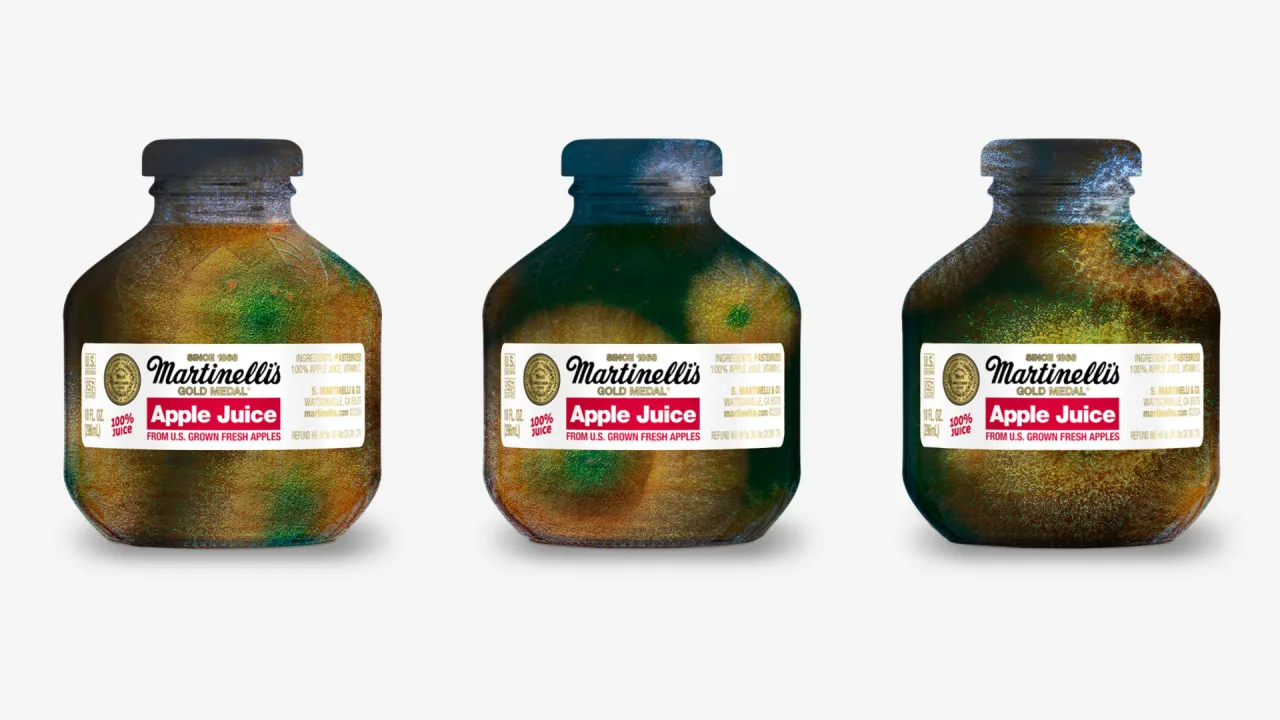Mastering SOLID Principles in Java: Real-World Examples and Best Practices for Scalable Code
A Practical, Code‑Dense Tour of the SOLID Principles in Java By someone who has spent too many Friday nights undoing “harmless” feature requests. Table of Contents Introduction: Why SOLID Still Matters S — Single‑Responsibility Principle O — Open/Closed Principle 3.1 Strategy vs. Giant switch 3.2 Plug‑in Files with ServiceLoader 3.3 Taxes Without Tears (Chain of Responsibility) 3.4 Decorators for Logging, Encryption, & Friends 3.5 Feature Flags with Functional Interfaces L — Liskov Substitution Principle I — Interface Segregation Principle D — Dependency Inversion Principle SOLID Sanity Checklist Final Thoughts: Future‑You Deserves Better Introduction: Why SOLID Still Matters “But we’re microservices now, SOLID is for 2000‑era JavaBeans!” Cute. The truth is: each microservice can still rot into a tiny monolith—hard to test, risky to change, impossible to extend. SOLID is your mold‑resistant paint. Below is a full‑fat walkthrough. Every code snippet is production‑ish and comes with its matching anti‑pattern so you can recognise the smell before your code review does. S — Single‑Responsibility Principle “A class should have one, and only one, reason to change.”
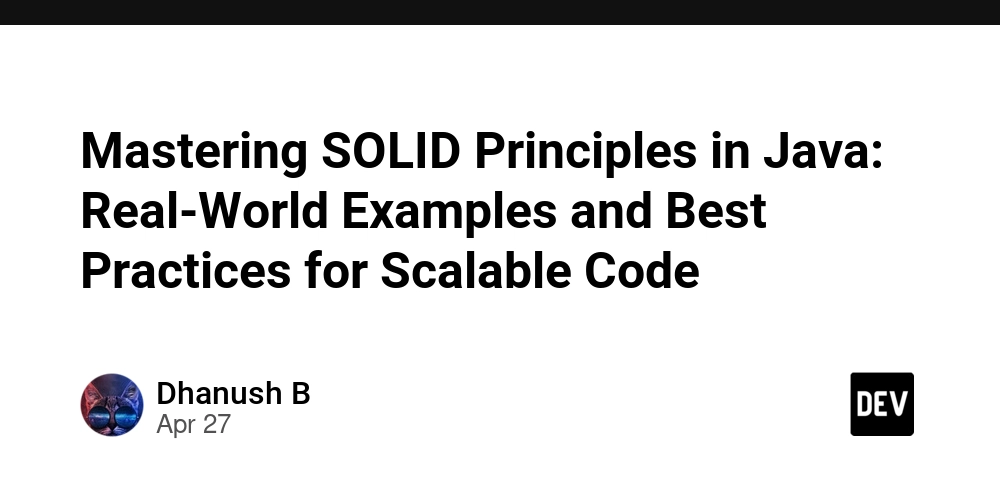
A Practical, Code‑Dense Tour of the SOLID Principles in Java
By someone who has spent too many Friday nights undoing “harmless” feature requests.
Table of Contents
- Introduction: Why SOLID Still Matters
- S — Single‑Responsibility Principle
-
O — Open/Closed Principle
- 3.1 Strategy vs. Giant
switch - 3.2 Plug‑in Files with
ServiceLoader - 3.3 Taxes Without Tears (Chain of Responsibility)
- 3.4 Decorators for Logging, Encryption, & Friends
- 3.5 Feature Flags with Functional Interfaces
- 3.1 Strategy vs. Giant
- L — Liskov Substitution Principle
- I — Interface Segregation Principle
- D — Dependency Inversion Principle
- SOLID Sanity Checklist
- Final Thoughts: Future‑You Deserves Better
Introduction: Why SOLID Still Matters
“But we’re microservices now, SOLID is for 2000‑era JavaBeans!”
Cute. The truth is: each microservice can still rot into a tiny monolith—hard to test, risky to change, impossible to extend. SOLID is your mold‑resistant paint.
Below is a full‑fat walkthrough. Every code snippet is production‑ish and comes with its matching anti‑pattern so you can recognise the smell before your code review does.
S — Single‑Responsibility Principle
“A class should have one, and only one, reason to change.”























































































































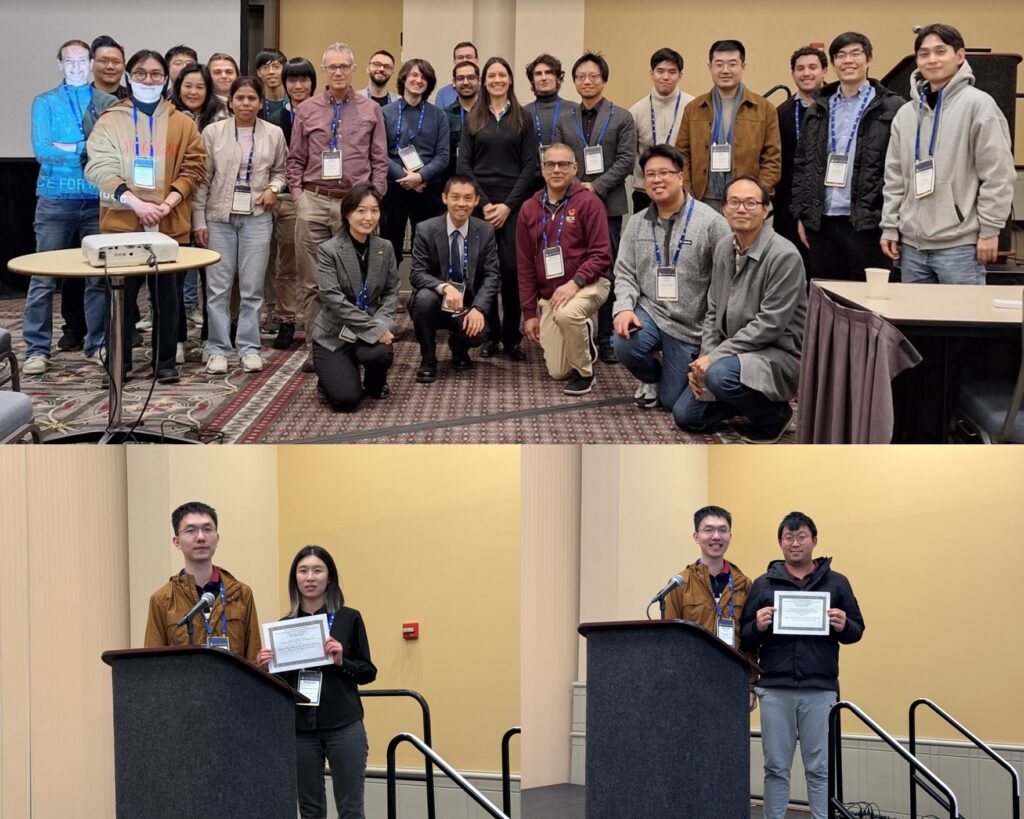









































![[The AI Show Episode 143]: ChatGPT Revenue Surge, New AGI Timelines, Amazon’s AI Agent, Claude for Education, Model Context Protocol & LLMs Pass the Turing Test](https://www.marketingaiinstitute.com/hubfs/ep%20143%20cover.png)



































































































































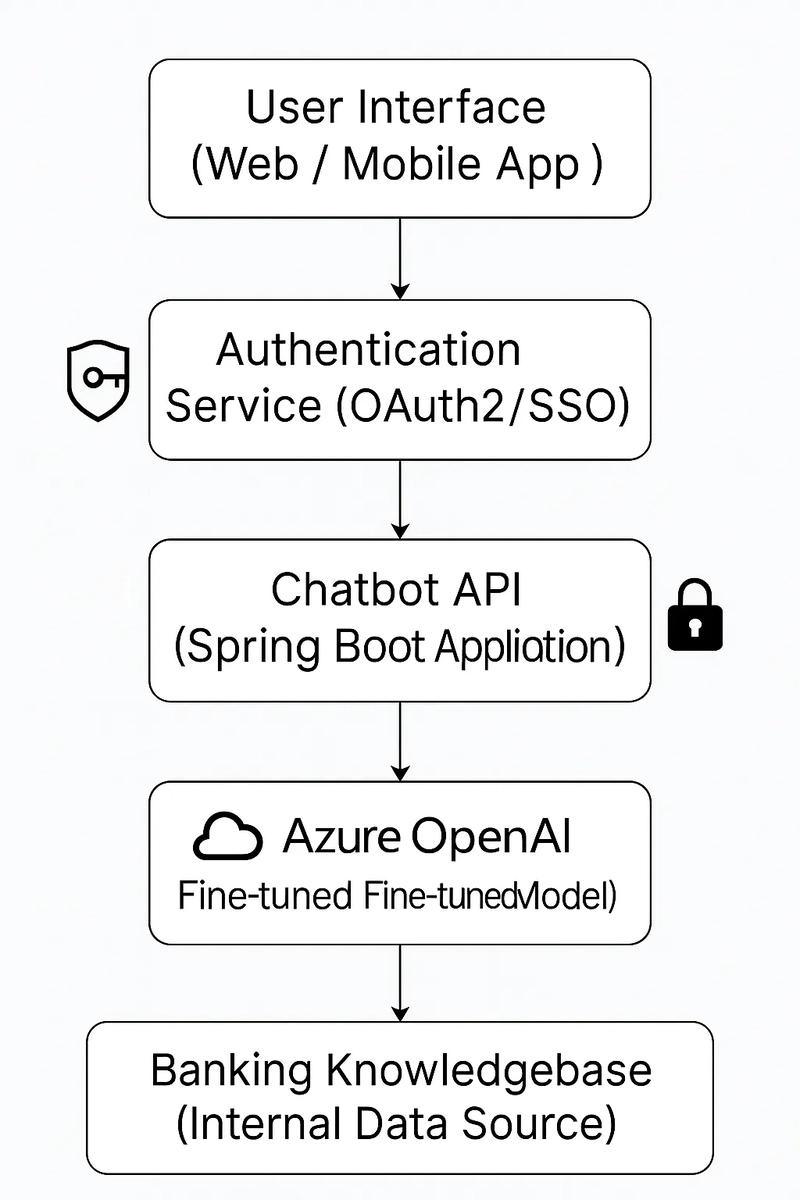




























































































































![What’s new in Android’s April 2025 Google System Updates [U: 4/28]](https://i0.wp.com/9to5google.com/wp-content/uploads/sites/4/2025/01/google-play-services-3.jpg?resize=1200%2C628&quality=82&strip=all&ssl=1)










_Muhammad_R._Fakhrurrozi_Alamy.jpg?width=1280&auto=webp&quality=80&disable=upscale#)
_NicoElNino_Alamy.jpg?width=1280&auto=webp&quality=80&disable=upscale#)






































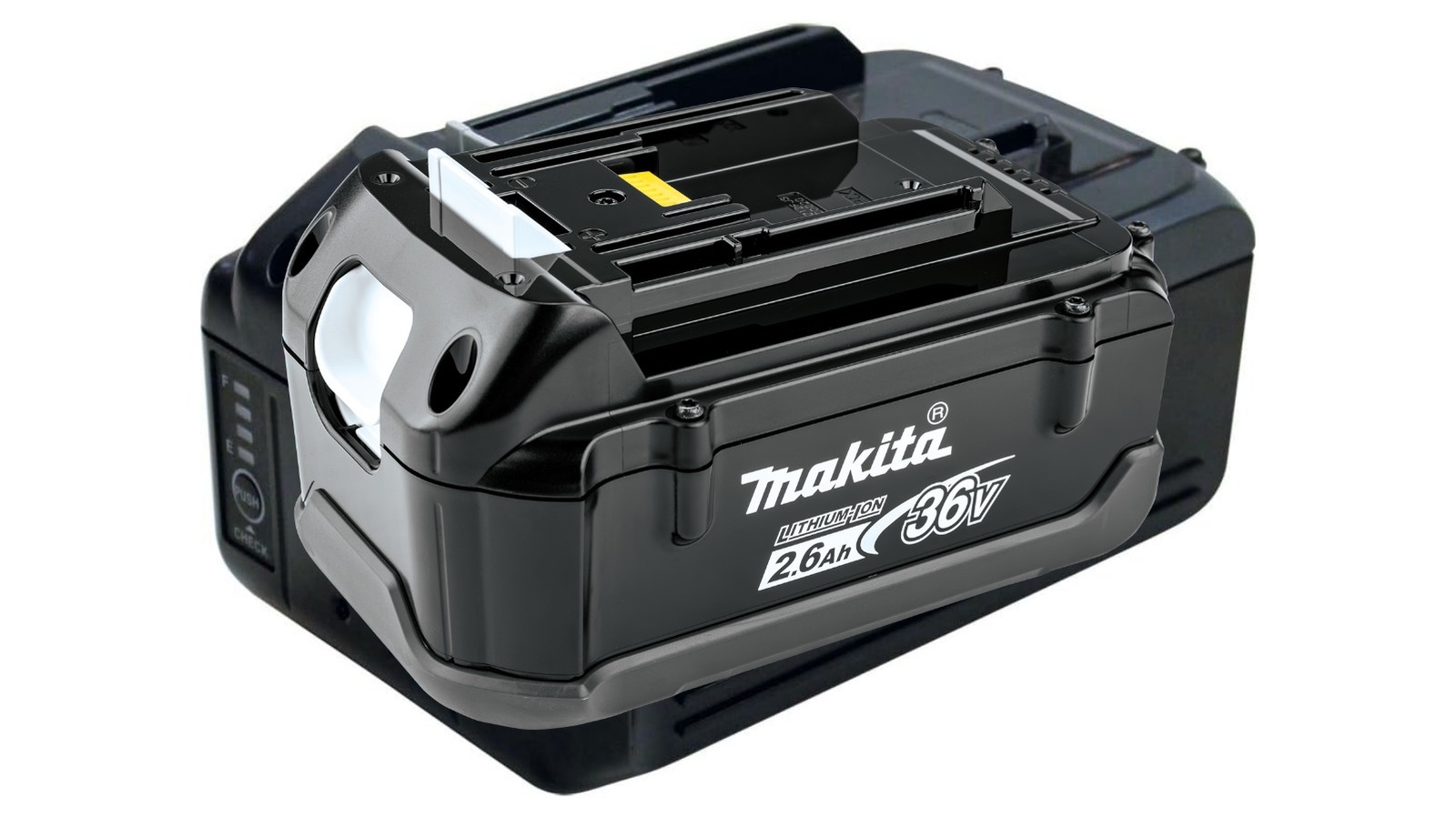


































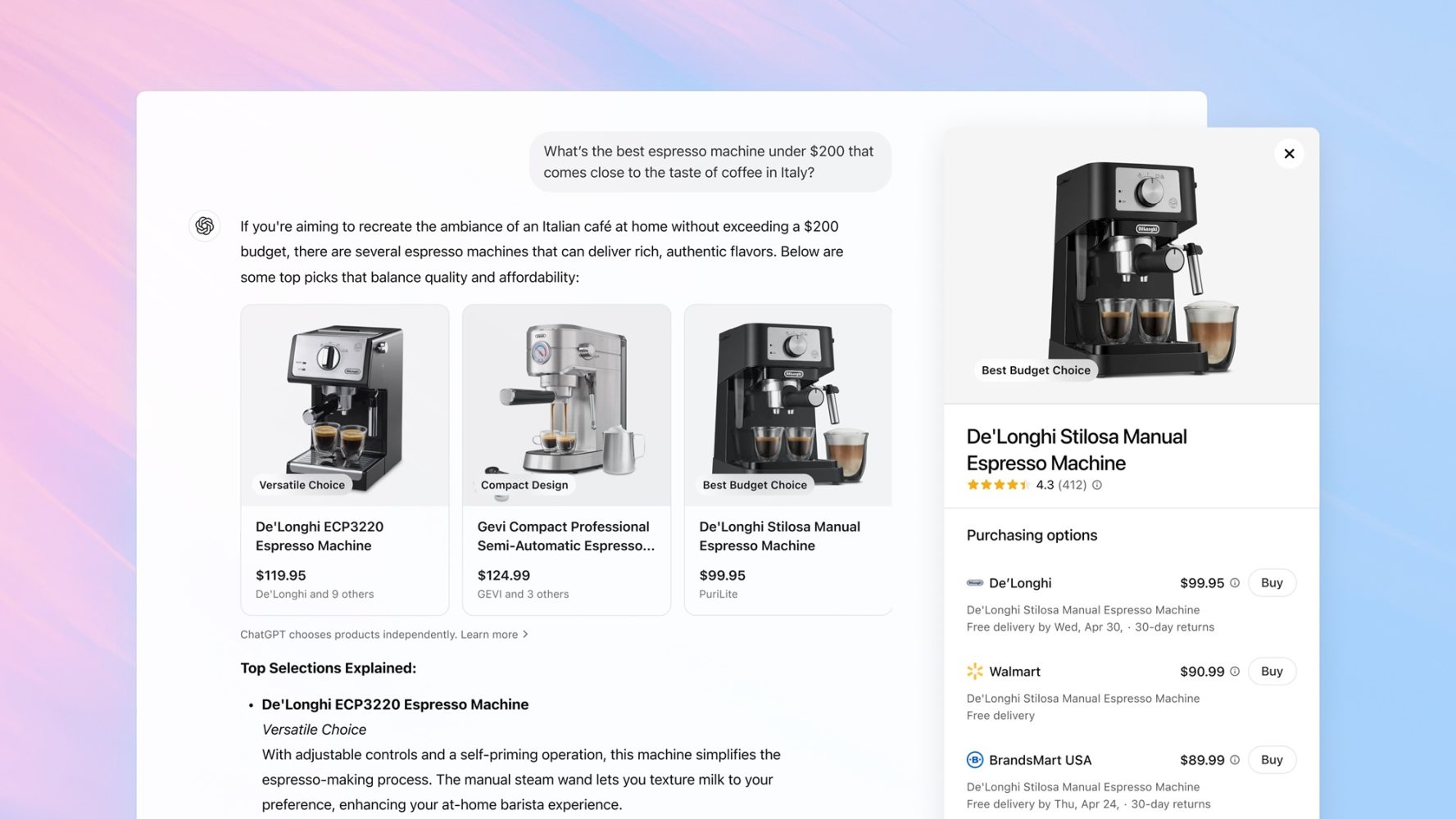











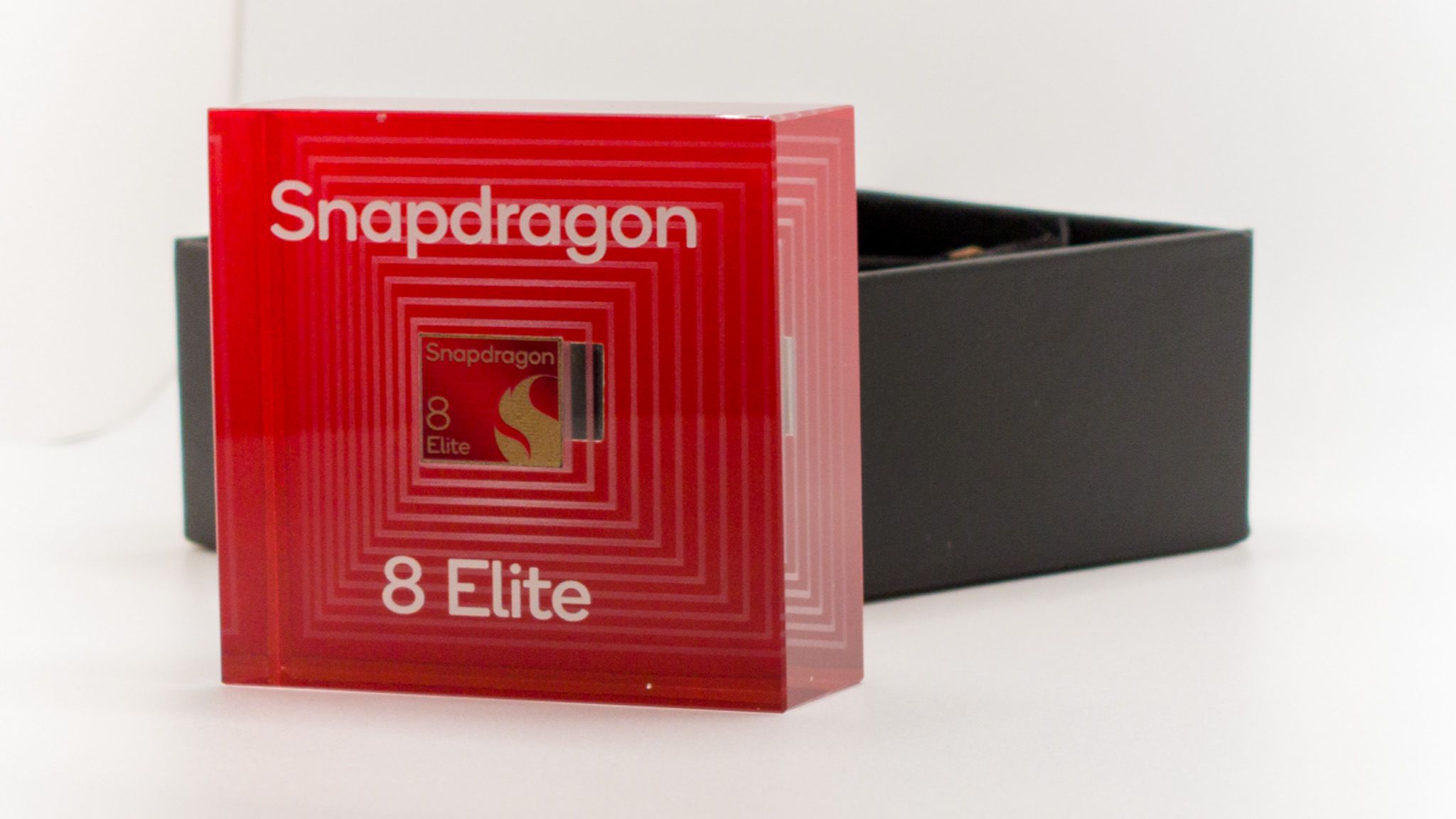
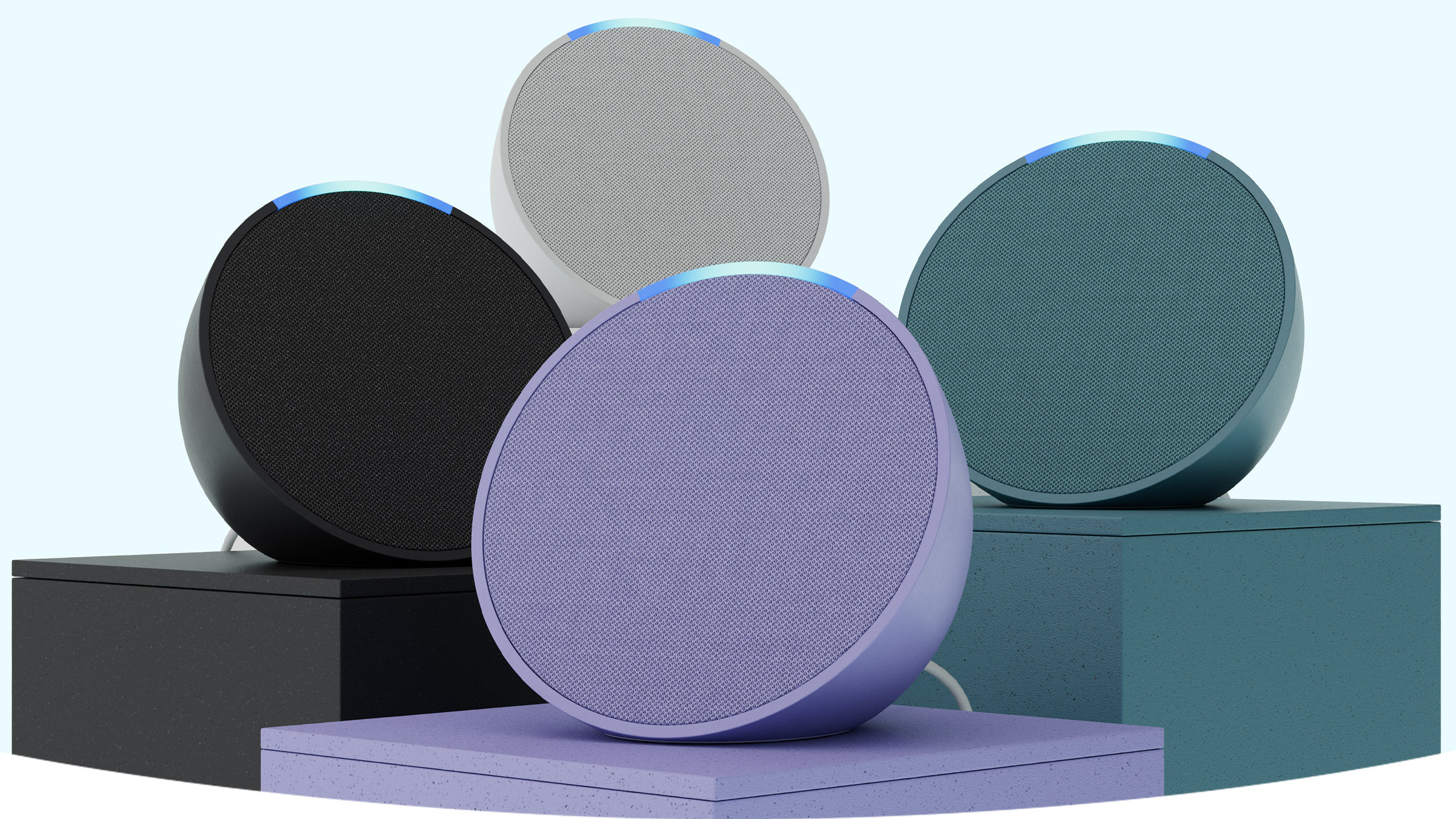


![macOS 15.5 beta 4 now available for download [U]](https://i0.wp.com/9to5mac.com/wp-content/uploads/sites/6/2025/04/macOS-Sequoia-15.5-b4.jpg?resize=1200%2C628&quality=82&strip=all&ssl=1)














![AirPods Pro 2 With USB-C Back On Sale for Just $169! [Deal]](https://www.iclarified.com/images/news/96315/96315/96315-640.jpg)
![Apple Releases iOS 18.5 Beta 4 and iPadOS 18.5 Beta 4 [Download]](https://www.iclarified.com/images/news/97145/97145/97145-640.jpg)
![Apple Seeds watchOS 11.5 Beta 4 to Developers [Download]](https://www.iclarified.com/images/news/97147/97147/97147-640.jpg)
![Apple Seeds visionOS 2.5 Beta 4 to Developers [Download]](https://www.iclarified.com/images/news/97150/97150/97150-640.jpg)

















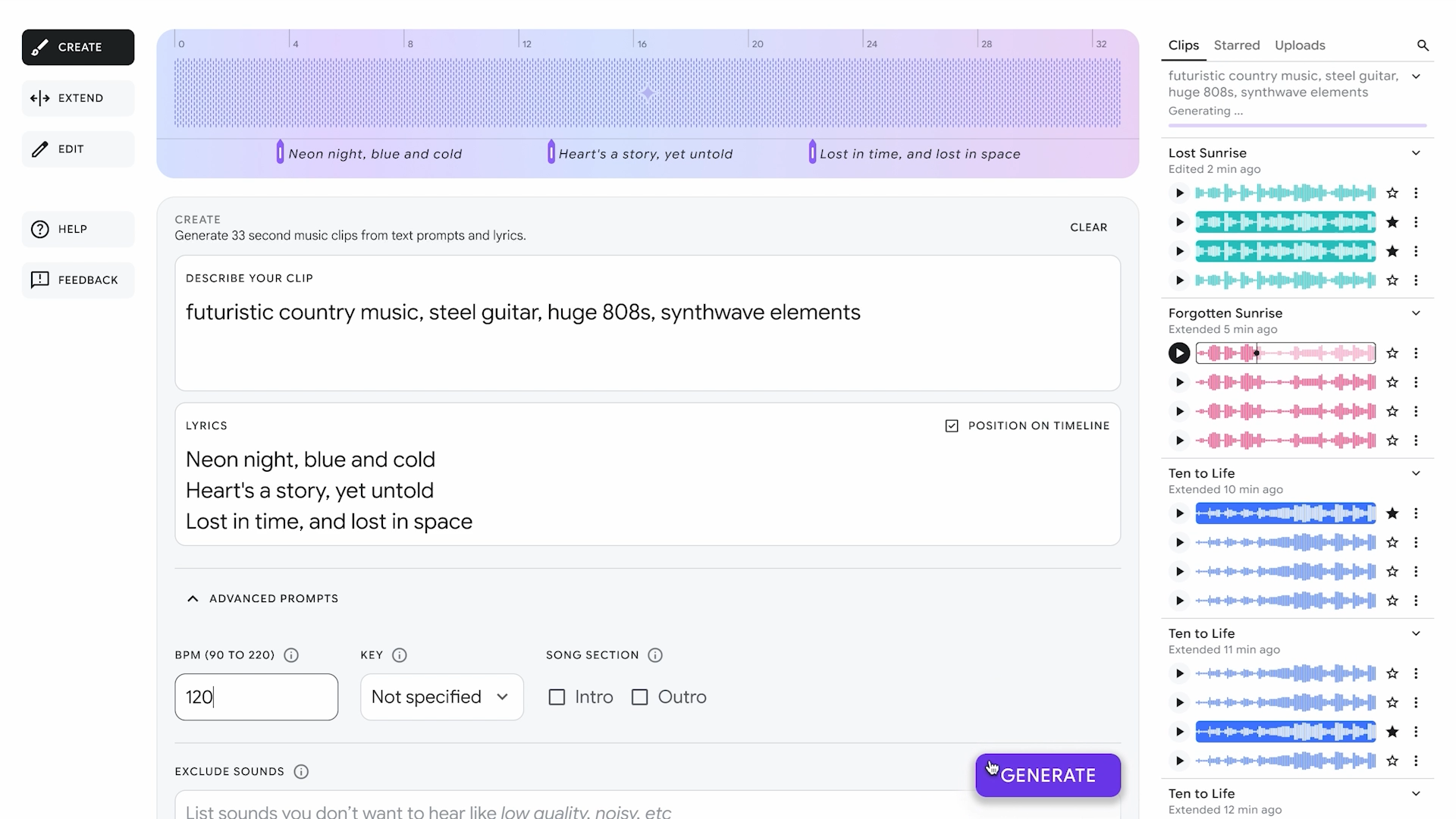





















![Apple Seeds Fourth Beta of iOS 18.5 to Developers [Update: Public Beta Available]](https://images.macrumors.com/t/uSxxRefnKz3z3MK1y_CnFxSg8Ak=/2500x/article-new/2025/04/iOS-18.5-Feature-Real-Mock.jpg)
![Apple Seeds Fourth Beta of macOS Sequoia 15.5 [Update: Public Beta Available]](https://images.macrumors.com/t/ne62qbjm_V5f4GG9UND3WyOAxE8=/2500x/article-new/2024/08/macOS-Sequoia-Night-Feature.jpg)























